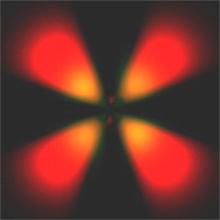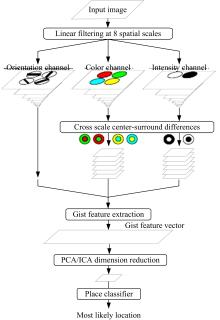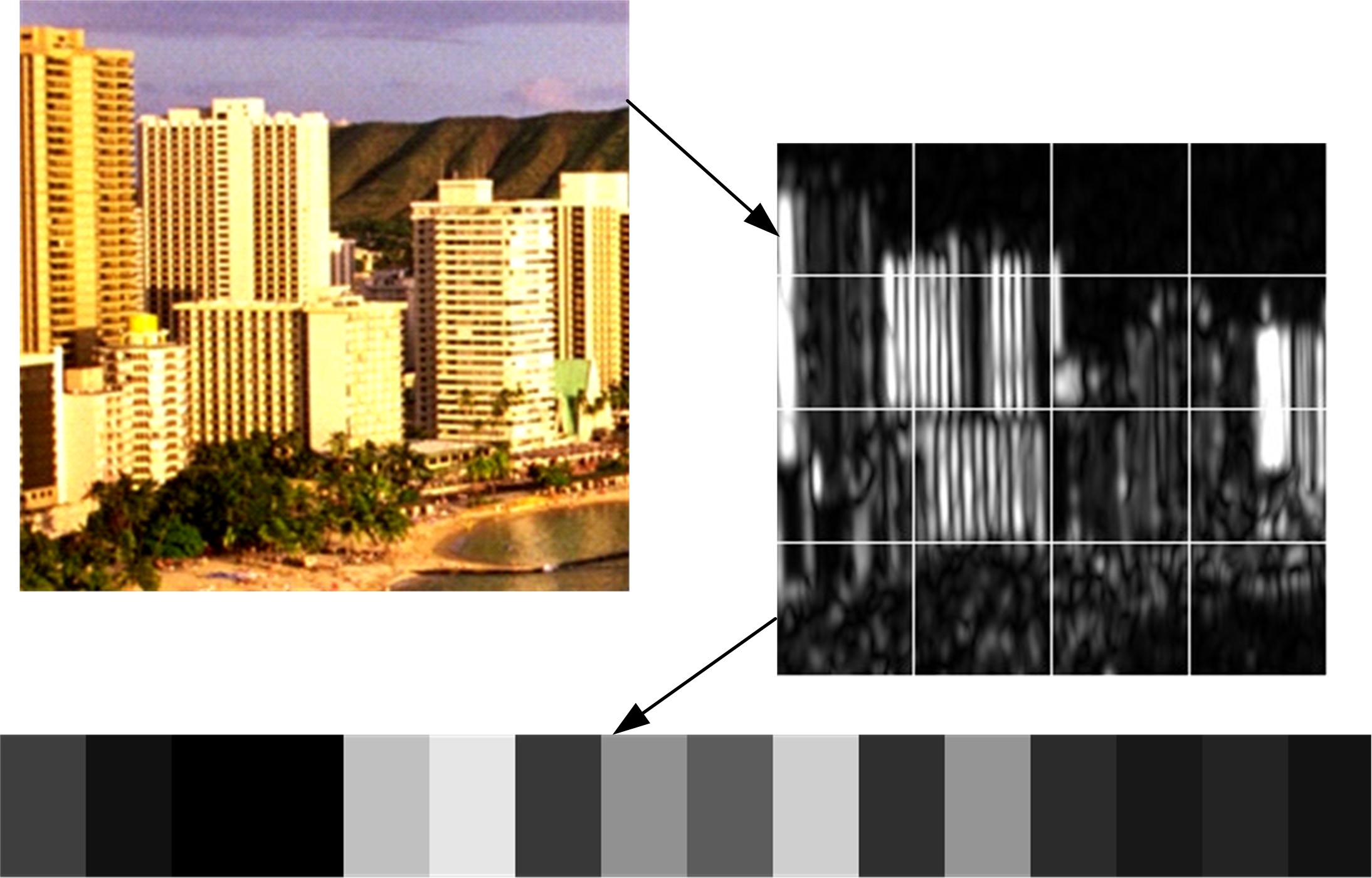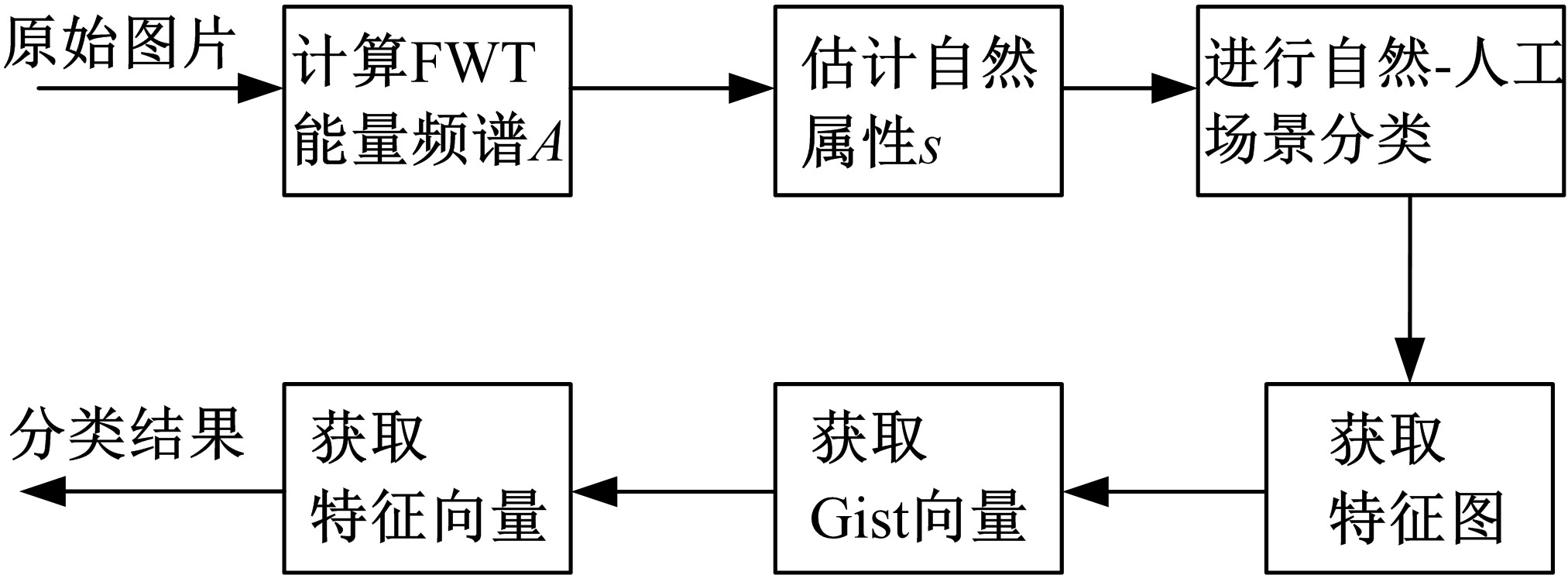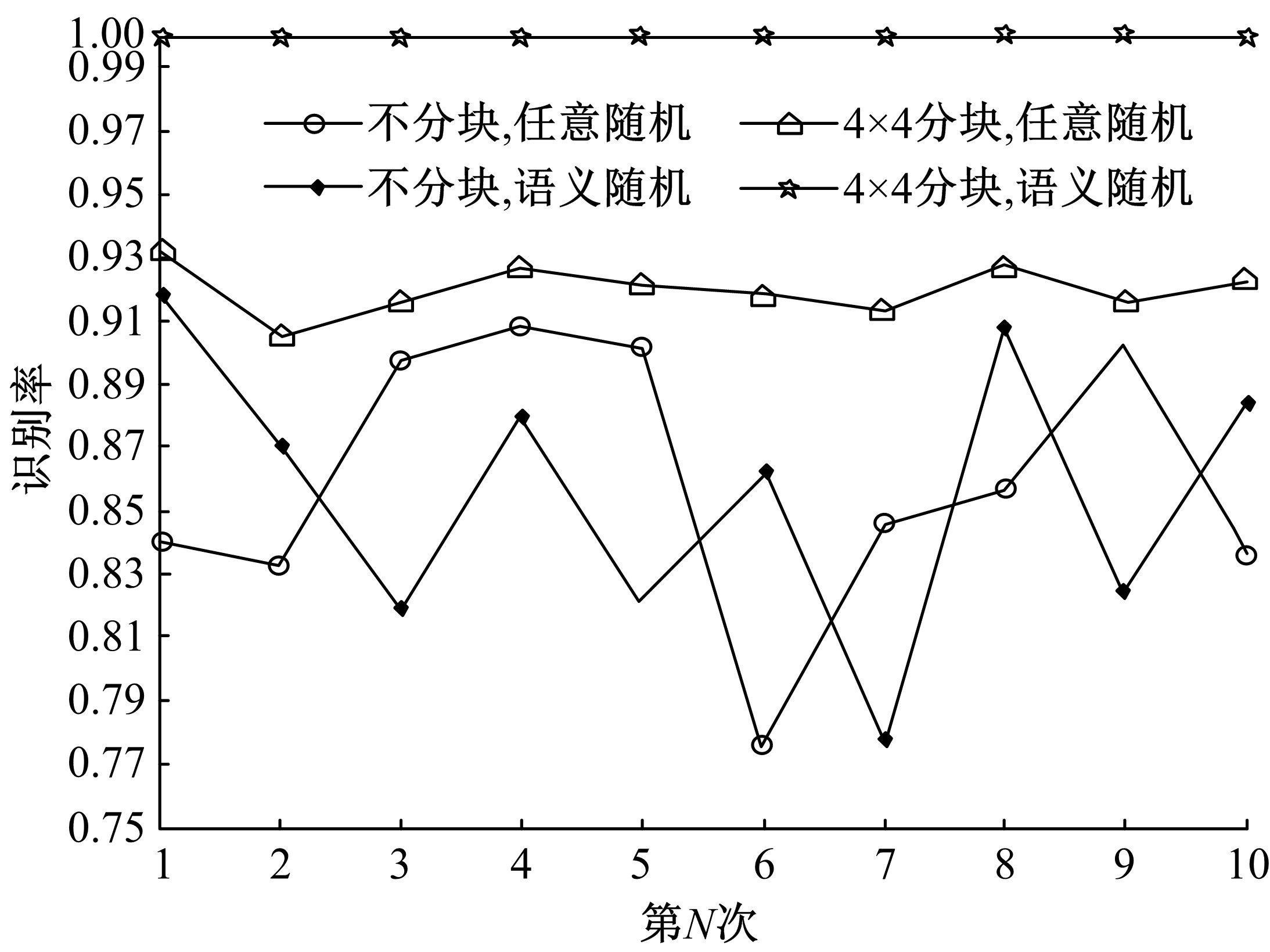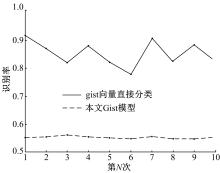吉林大学学报(工学版) ›› 2019, Vol. 49 ›› Issue (5): 1668-1675.doi: 10.13229/j.cnki.jdxbgxb20180778
• • 上一篇
基于自然性和视觉特征通道的场景分类
赵宏伟1,2( ),李明昭1,刘静1,胡黄水3,王丹1,4,臧雪柏1(
),李明昭1,刘静1,胡黄水3,王丹1,4,臧雪柏1( )
)
- 1. 吉林大学 计算机科学与技术学院,长春 130012
2. 中国科学院 应用光学国家重点实验室,长春 130033
3. 长春工业大学 计算机科学与工程学院,长春 130012
4. 北华大学 信息技术与传媒学院,吉林省 吉林市;132013
Scene classification based on degree of naturalness and visual feature channels
Hong-wei ZHAO1,2( ),Ming-zhao LI1,Jing LIU1,Huang-shui HU3,Dan WANG1,4,Xue-bai ZANG1(
),Ming-zhao LI1,Jing LIU1,Huang-shui HU3,Dan WANG1,4,Xue-bai ZANG1( )
)
- 1. College of Computer Science and Technology, Jilin University, Changchun 130012, China
2. State Key Laboratory of Applied Optics, Chinese Academy of Sciences, Changchun 130033, China
3. College of Computer Science and Engineering, Changchun University of Technology, Changchun 130012, China
4. College of Information Technology and Media, Beihua University, Jilin 132013, China
摘要:
为提高场景分类的识别率,使其更好地应用到目标检测和行为检测中,提出了一种改进的场景分类方法。该方法首先利用空域包络模型中的自然性,将场景进行基类划分,然后通过视觉特征通道模型,对场景进行更细致的分类,从而得到最终的场景语义类别。仿真实验结果表明:改进后的场景分类方法对于场景的语义分类要优于传统场景分类方法,具有更高的识别率。
中图分类号:
- TP391.4
| 1 | 高隽, 谢昭. 图像理解理论与方法[M]. 北京: 科学出版社, 2009. |
| 2 | 解文杰. 基于中层语义表示的图像场景分类研究[D]. 北京: 北京交通大学计算机与信息技术学院, 2011. |
| XieWen-jie. Research on middle semantic representation based image scene classification[D]. Beijing: School of Computer and Information Technology, Beijing Jiaotong University, 2011. | |
| 3 | RennigerL, MalikJ. When is scene identification just texture recognition[J]. Vision Research, 2004, 44, 2301-2311. |
| 4 | UlrichI, NourbakhshI. Appearance-based place recognition for topological localization[C]∥IEEE-ICRA, San Francisco, 2000: 1023-1029. |
| 5 | OlivaA, TorralbaA. Modeling the shape of the scene: a holistic representation of the spatial envelope[J]. International Journal of Computer Vision, 2001, 42(3): 145-175. |
| 6 | TorralbaA, MurrphyK P, FreemanW T, et al. Context-based vision system for place and object recognition[C]∥IEEE Intl Conference on Computer Vision (ICCV), Fance, 2003: 1023-1029. |
| 7 | IttiL, KochC. A saliency-based search mechanism for overt and covert shifts of visual attention[J]. Vision Research, 2000, 40(10-12): 1489-1506. |
| 8 | SiagianC, IttiL. Rapid biologically-inspired scene classification using features shared with visual attention[J]. EEE Transactions on Pattern Analysis and Machine Intelligence, 2007, 29(2): 300-312. |
| 9 | CortesC, VapnikV. Support-vector networks[J]. Machine Learning, 1995, 20(3): 273-297. |
| 10 | OlivaA, SchynsP G. Diagnostic colors mediate scene recognition[J]. Cognitive Psychology, 2000, 41(2): 176-210. |
| [1] | 赵金钢,张明,占玉林,谢明志. 基于塑性应变能密度的钢筋混凝土墩柱损伤准则[J]. 吉林大学学报(工学版), 2019, 49(4): 1124-1133. |
| [2] | 陈俊,张奇峰,张艾群,蔡笃思. 基于深渊鱼类识别的原位自主观测方法[J]. 吉林大学学报(工学版), 2019, 49(3): 953-962. |
| [3] | 隗海林, 包翠竹, 李洪雪, 李明达. 基于最小二乘支持向量机的怠速时间预测[J]. 吉林大学学报(工学版), 2018, 48(5): 1360-1365. |
| [4] | 车翔玖, 王利, 郭晓新. 基于多尺度特征融合的边界检测算法[J]. 吉林大学学报(工学版), 2018, 48(5): 1621-1628. |
| [5] | 耿庆田, 于繁华, 王宇婷, 高琦坤. 基于特征融合的车型检测新算法[J]. 吉林大学学报(工学版), 2018, 48(3): 929-935. |
| [6] | 蔡振闹, 吕信恩, 陈慧灵. 基于反向细菌优化支持向量机的躯体化障碍预测模型[J]. 吉林大学学报(工学版), 2018, 48(3): 936-942. |
| [7] | 许岩岩, 陈辉, 刘家驹, 袁金钊. CELL处理器并行实现立体匹配算法[J]. 吉林大学学报(工学版), 2017, 47(3): 952-958. |
| [8] | 袁哲明, 张弘杨, 陈渊. 基于特征选择和支持向量机的HIV-1型蛋白酶剪切位点预测[J]. 吉林大学学报(工学版), 2017, 47(2): 639-646. |
| [9] | 梁士利, 魏莹, 潘迪, 张玲, 许廷发, 王双维. 基于语谱图行投影的特定人二字汉语词汇识别[J]. 吉林大学学报(工学版), 2017, 47(1): 294-300. |
| [10] | 赵云鹏, 于天来, 焦峪波, 宫亚峰, 宋刚. 异形桥梁损伤识别方法及参数影响分析[J]. 吉林大学学报(工学版), 2016, 46(6): 1858-1866. |
| [11] | 商强, 杨兆升, 张伟, 邴其春, 周熙阳. 基于奇异谱分析和CKF-LSSVM的短时交通流量预测[J]. 吉林大学学报(工学版), 2016, 46(6): 1792-1798. |
| [12] | 周炳海, 徐佳惠. 基于支持向量机的多载量小车实时调度[J]. 吉林大学学报(工学版), 2016, 46(6): 2027-2033. |
| [13] | 卢英, 王慧琴, 秦立科. 高大空间建筑火灾精确定位方法[J]. 吉林大学学报(工学版), 2016, 46(6): 2067-2073. |
| [14] | 马知行, 赵琦, 张浩. 基于傅立叶分析的持家基因预测模型[J]. 吉林大学学报(工学版), 2016, 46(5): 1639-1643. |
| [15] | 王品, 何璇, 吕洋, 李勇明, 邱明国, 刘书君. 基于多特征支持向量机和弹性区域生长的膝软骨自动分割[J]. 吉林大学学报(工学版), 2016, 46(5): 1688-1696. |
|
||
